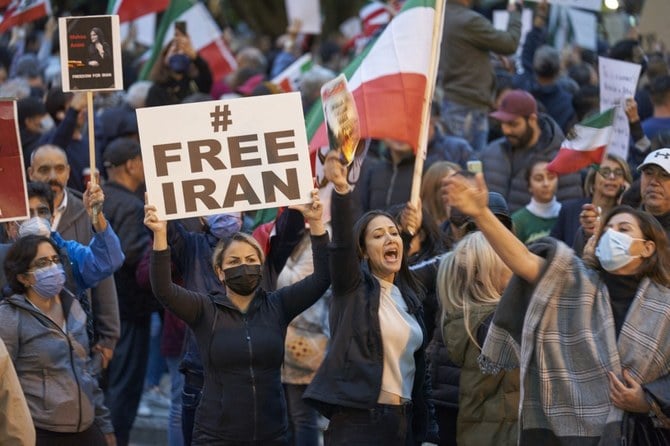
Concerns about the COVID-19 pandemic have reared up . . . again. The oil price sell-off at the start of last week was a reaction to news about another period of lockdowns in Shanghai for COVID-19 testing and containment of the population in China’s biggest city. The specific oil market concern was centered on the potential hit to the broad economy — and oil demand.
Notably, each new strain of the virus has seen the oil market react negatively from a fear that the disease would wreck economic activity and with it petroleum consumption. We witnessed nearly identical knee-jerk reactions to news about the emergence of the delta and the omicron variants, yet global oil demand ran higher than forecast in the second, third and fourth quarters of last year — our figures were higher than the consensus projection. China’s demand came in higher than forecast last year, for what it is worth. Also, global oil demand in the first quarter of this year ran at or above our forecast and our figure stood a million barrels per day was higher than the consensus projection.
As a general comment, such oil price sell-offs reflect weak financial demand for oil as opposed to actual oil demand weakness. Because the paper market for oil is more than 30-times larger than the size of global oil demand, bouts of the tail wagging the dog are hardly uncommon. To get a sense of just how big this multiple is, a mature commodity market’s trading volume is supposed to max out at three to five times the size of that commodity’s world demand.
Collapses in the financial demand for oil have occurred with some frequency over the past 17 years. The phenomenon relates to oil-as-an-asset-class trading and the use of crude oil as a hedge for risks that are not energy specific. For instance, from 2006 to 2007 when the US housing crisis generated angst about the dollar’s value, it was crude oil that emerged as the key mechanism to transfer risk as opposed to precious metals — partly owing to the high liquidity level of energy futures. Many remember this period for the unusually high correlation between oil prices changes and changes in the value of the dollar against the euro.
As to the current oil market, one key uncertainty still afoot relates to potential supply losses of Russian oil following sanctions and self-imposed embargoes. Russia’s invasion of Ukraine set several factors in motion, all of which are aimed at forcing the federation to reverse course which has, so far, proven ineffective. Because Russia’s oil and natural gas exports are critical to the global energy balance, nations that import energy have been loathed to impose import restrictions.
Because the paper market for oil is more than 30-times larger than the size of global oil demand, bouts of the tail wagging the dog are hardly uncommon.
Michael Rothman
Despite the evident math about Russia’s energy exports, there are a host of projections that range up to three million barrels per day of Russian crude production being forcibly shut-in. When we work through the numbers, the high end of this shut-in would take about 800 million barrels of Russian supply out of the global system through until the end of the year. This compares with 315 million barrels of emergency oil inventory sales that have been agreed to by the Organization for Economic Co-operation and Development nations — 83 percent of which is from the US.
One does not need an advanced degree in mathematics to see the 485 million barrel hole the market would have to crawl out of should this projected supply loss occur, a hole that would generate significant upward oil price pressure from crude’s current levels.
Michael Rothman is the president and founder of Cornerstone Analytics, a US-based consultancy focusing on macro-energy research. He has nearly 40 years of experience covering the global energy markets and has been attending Organization of the Petroleum Exporting Countries meetings since 1986. He is also the author of “Cornerstones of Life” which is available on Amazon.












